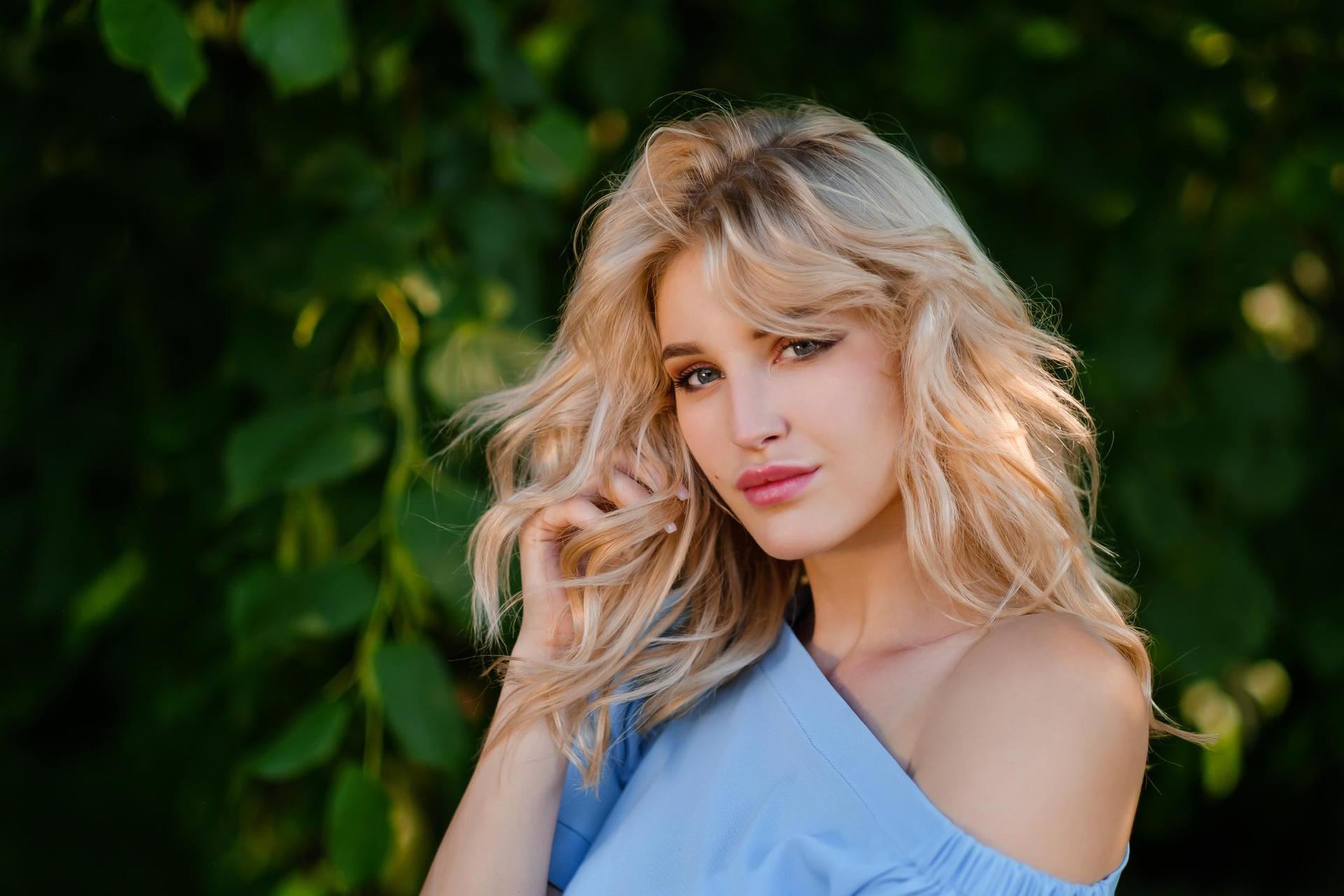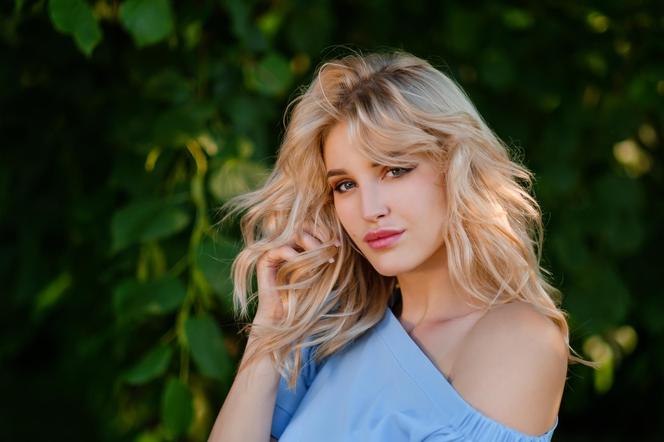
Does your hair quickly lose its freshness, become greasy and look limp? This annoying problem doesn’t just affect you. This is the nightmare of many of us – both women and men. How to deal with this effectively? The trichologist has four “golden tips” that will improve the condition of your hair and scalp.

Why does your hair get oily so quickly?
The sebaceous glands located in the scalp are responsible for the production of sebum, commonly referred to as a natural lubricant. This “infamous” barrier has specific tasks, which include protecting the skin against harmful external factors, such as UV radiation, bacteria and mechanical damage. However, its excess causes the strands to become limp and devoid of volume, and they look stale.
We asked trichologist Magdalena Szymczak-Kępka from Klinki Włosów Hair Lab about why hair becomes greasy so quickly.
– Oily hair gives us information about how our scalp functions. It is worth finding out why it works this way. There are really several reasons. Genetics matter to a very large extent. Some people have a genetic predisposition that determines whether this problem will occur. It can be noticed already during puberty. If excessive greasy hair continues to increase in adulthood, hormones play an important role, including: production of female or androgenic hormones. Greasy hair may also be aggravated by comorbidities, such as androgenetic alopecia or seborrheic lesions, he explains.
The influence of nutrition on the scalp and hair condition
Apart from genetics, diet also influences oily hair. The production of seborrhea may be increased by highly processed products, which are rich in, among others: in added sugar, saturated fats and trans fats. Eating too many carbohydrates also affects the condition of our hair. – Deficiency of certain vitamins A, C, E and B group may also contribute to the problem of greasy hair. To check their concentration in the body, it is worth doing a blood test and analyzing the daily menu for incomplete products, says the expert.
Improperly used cosmetics that contain, among others: silicones, oils and other lubricating substances applied too close to the scalp or on the scalp can make the hair look unsightly more quickly. Not everything we use to smooth the hair shaft can be applied to the scalp.
– Sometimes the scalp is overstimulated, which means that we use shampoos with too strong cleansing ingredients or peels too often, after which the skin achieves a “yo-yo effect” and the sebaceous glands produce more sebum, which may temporarily make it look worse – he adds.
It’s actually quite trivial, but the habit of constantly touching the hair or turning it from one side to the other causes us to distribute sebum on the longer hair structure. As a result, the strands lose their freshness and become greasy.
How to deal with greasy hair? 4 important rules
This action should be multi-pronged. It is worth trying to find out the cause of excessive oiliness. It depends on how much and what we can do. First, you should focus on eliminating internal factors that may translate into skin problems. For this purpose, in many cases it is necessary to know the level of female and male hormones and focus on sugar metabolism. If any abnormalities occur, it is worth consulting an endocrinologist. In case of vitamin and mineral deficiency, consult a dietitian who will prepare a menu tailored to your body’s needs.
The next step in the fight against greasy hair is to choose appropriate, targeted care, which should consist of two stages.
– It is important to exfoliate, cleanse the scalp and moisturize it properly. When we cleanse oily facial skin, we never leave it without any form of moisturization, and it is worth realizing that the scalp is an extension of the facial skin and needs similar care. We usually do not moisturize the scalp because we think that this care action will make the scalp even more oily from the roots. However, this is a misconception. In trichology, there are many substances that moisturize the skin and do not burden it, explains the specialist.
The basis of oily hair care is the selection of the right shampoo, which must be matched to the type of scalp, not to the hair shaft. – If we have an oily type, choose a shampoo with sebum-regulating substances that facilitate the removal of sebum, e.g. salicylic acid, sulfur, zinc, niacinamide. In addition, we should follow the principle of double washing, i.e. we use the same shampoo twice. The first wash penetrates the dirt particles, and the second one begins to dissolve them and remove them from the surface of the scalp – says Magdalena Szymczak-Kępka.
You can also use two shampoos alternately, e.g. on Monday, wash your hair with a cleansing (self-regulating) shampoo, and on Wednesday with a moisturizing shampoo that binds water well, which contains, among others: glycerin, colostrum, panhtenol, aloe, hyaluronic acid, which take great care of the hydrolipid layer on the surface of the scalp.
The trichologist has some golden advice
The routine of caring for oily hair must include proper hydration of the scalp. – Usually, people who have oily scalps do not think about ending their care with applying a moisturizing base, mask or serum. Thanks to this, the scalp will be able to retain the appropriate amount of water in its structure. These products are water-based, not oily. They do not weigh down the hair, moisturize the skin well and take care of the hydrolipid layer – says the trichologist.
As she pointed out, there is no single golden mean, or more precisely, a care plan for all skin types. To reduce the problem of hair becoming greasy, it is worth using the above-mentioned. rules, and the effects will come very quickly.
